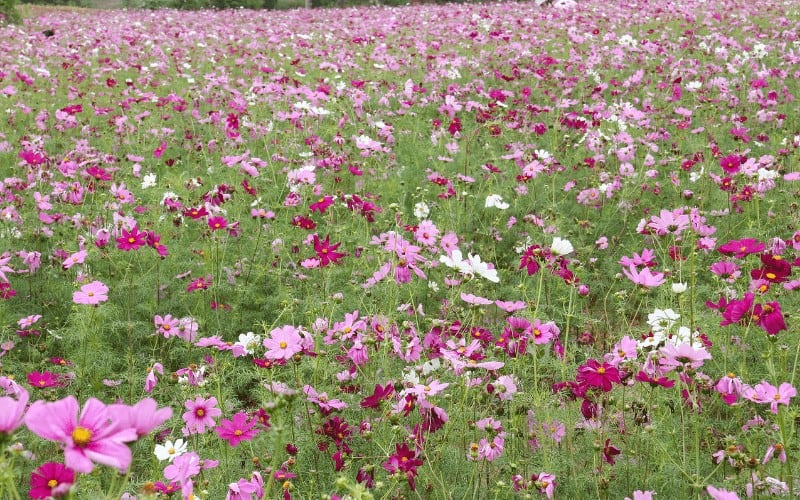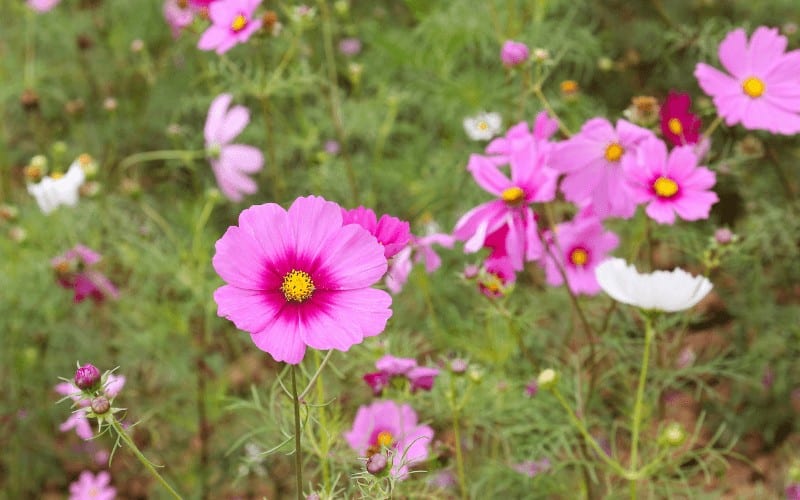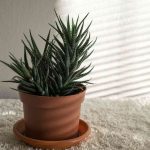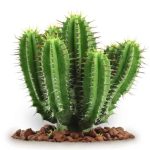There are different flowers and plants, wildflowers inclusive. So, it is normal for you to be enthusiastic about growing your gardens with blooming flowers. With this comes the need to grow healthy plants, especially if you have dogs.
A lot of people ask this question, is coreopsis poisonous to dogs? Well, coreopsis plant is safe for dogs, so you do not have to worry about your dog safety while growing coreopsis.
Dogs are attracted to ornamental or landscaping plants. The reason for this is not known for sure. They either eat, dig, and carry them in their mouth. As a result, plant compounds can harm your canine friend resulting in vomiting, diarrhea, or even death.
Other plant structures such as curved thorns, dianthus, stick-tight fruits or seeds, stiff hairs, honeysuckle, and stouts spines (found in agaves and cacti) can also be harmful to your dogs.
Table of Contents
What Is Coreopsis?
Coreopsis (pot of gold or tickseed) is a herbaceous perennial wild flowering plant with yellow, pink, red or orange flowers. They are hardy and have different varieties or species. Most varieties are predominantly found in North America, while others are native to South and Central America.
They can grow up to 12-24" wide and 10-18" tall. Coreopsis varieties grow in full sun, partial or dappled shade as well as in a lump of well-drained clay, sandy, heavy, light, acidic, or moist soil.
Its flowers attract different pollinators such as bees, moths or butterflies, birds, and hoverflies. This is because of its creamy nectar-pollen flowers. Coreopsis plants can be propagated by basal cuttings, spring division, or from seeds.
They start to bloom in early summer and last for a while. Less-hardy species bloom longer, especially when deadheaded often. Some can spread quickly by creeping rhizomes, thereby creating a dense stand.
Is Coreopsis Poisonous to Dogs?
Coreopsis foliage and flowers are not poisonous to dogs. This makes it a captivating flower species for gardeners.
They consist of smooth, slender stems devoid of hairs or spikes. Apart from dogs, coreopsis is also non-toxic to cats, birds, livestock, horses, and people.
Factors to Consider When Growing Coreopsis Plant
The following are factors you should consider when growing coreopsis plant:
Light
Coreopsis blooms better in full sun. Also, it can grow in partial sun but maybe lankier than usual. Sometimes, afternoon shade is more favorable depending on the intensity of heat.
Water
Coreopsis need more water after planting until their roots are established. They bloom more when watered regularly to help the roots grow deeply even though they can resist drought. The best time to water the plants is early in the morning so that the leaves can dry later in the day.
Ensure the soil is moist about 1" below the soil surface. In this case, a soil moisture meter may come in handy for accurate measurements.
Humidity and Temperature
Coreopsis plants grow best in a warm climate. Excess standing water can cause their roots to rot. However, wet weather will not cause any harm to this plant if they are occasional.
Soil
Coreopsis do not have a particular soil type or quality where they grow. Most species prefer well-draining soils, while others can tolerate rocky, dry soils. Heavy soils can be amended with compost to aid drainage.
Other Healthy Plants for Dogs
The following are other healthy plants for dogs:
- African violet
- Camellia
- Rose of Sharon
- Zinnia
- Peruvian lily
- Bachelor's button
- Grape hyacinth
- Venus flytrap
- Snapdragon
- Areca palm
- Ice plant
Conclusion
Pets enjoy gardens and yards just as much as you do. It is a place to play, bond and has fun. It would be best if you chose plants that are healthy for your pets. That way, you do not have to worry that they will eat something harmful to them.
These effects are not the same for all pets. A poisonous and toxic plant may cause harm to a cat and not a dog. For example, the day lily is non-toxic to dogs but can cause kidney failure, vomiting or death in cats.
Coreopsis plants are not poisonous to dogs and so can be grown around your home and garden. You can use them for different ornamental purposes. Also, the plants do not have spiky stem/flower or a pungent smell that can repel your dog.
So, you can rest assured that your canine friend is safe.






